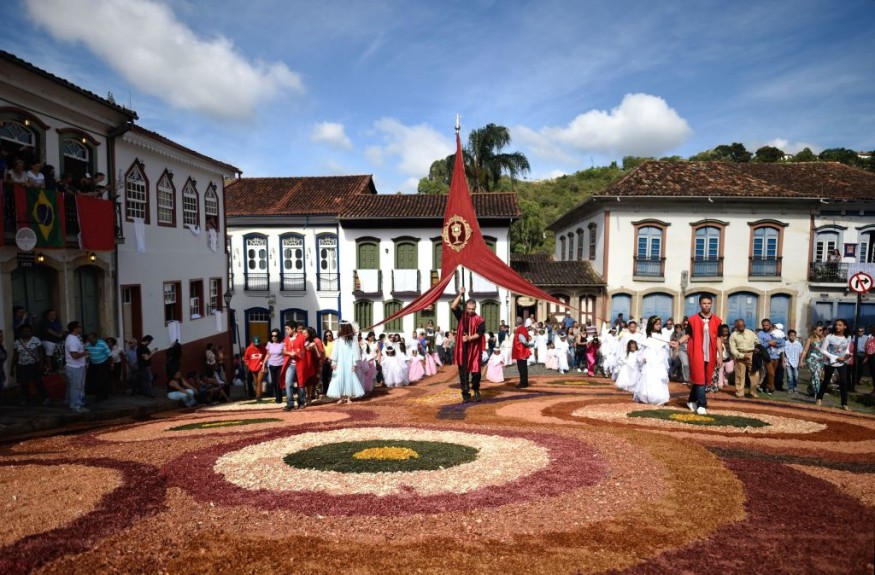Latin America: Countries To Visit for Easter Celebration

Holy Week, known as Semana Santa in most Latin American nations, begins on Palm Sunday and ends with the Easter celebration on the following Sunday. The events of Maundy Thursday and Good Friday are commemorated over a week.
Latin America is home to over 25% of the world's Catholics. Early Spanish explorers and missionaries introduced Christianity to the region, where it quickly gained adherents.
Let us look at the Easter sights that await you in one of these South American nations if you happen to be there that week.
READ MORE : Semana Santa in Mexico
Brazil
Brazil has the largest number of Catholics per capita of any country, with an estimated 125 million practicing the faith there. Holy Week, also known as Semana Santa, is widely observed in the country. Ouro Puerto hosts one of the world's unique festivals.
The streets are covered with colorful carpets made of sand, sawdust, and flowers that depict sacred themes. Starting Saturday before Easter, carpets are laid out along miles of roadways. The village's Easter processions use carpeted pathways to make their way between the various churches.
Pets are sometimes painted pink and blue, Easter eggs are displayed in grocery stores, and crosses are woven from palm fronds. The typical fare at family events often has a Portuguese twist.
At Easter, salty codfish is a staple in many households. Christ Church Rio is one of the few parishes in Rio de Janeiro to host an Easter mass in English, so if you find yourself there, consider going.
Peru
The city of Cusco hosts one of Peru's most spectacular Easter displays.
The parade on Lunes Santo, the day after Palm Sunday, typically lasts around six hours. Blood-red nucchu blossoms dangle from a cross honoring El Seor, the patron saint of the area. This statue, known as El Seor or "The Lord of the Earthquakes," celebrates the 17th century when a major earthquake hit Peru, but luckily avoided the Cusco Cathedral.
According to urban legend, a crucifix hanging in the cathedral kept it standing during the quake. People walk from Cusco Cathedral to Plaza de Armas every year in a parade.
Mexico
While most Latin American passion plays date back to the colonial era, the passion plays in the Iztapalapa neighborhood of Mexico City date back to the 19th-century cholera pandemic. Five percent of Mexico City's inhabitants perished because of the epidemic.
To end their suffering, locals vowed to conduct an annual procession in honor of Jesus Christ at the Santuario de Seor de la Cuevita. After that, the epidemic claimed the lives of only eight more people, which is why the procession is still performed annually. Thousands of worshippers attend its annual celebration, making it one of the most revered in the nation.
Experience something unique Easter celebration by participating in the customs of the Tarahumara people of Copper Canyon. In the 1600s, Jesuit priests had a profound impact on the region, causing Christian beliefs to merge with indigenous practices.
This region of Mexico celebrates "Holy Week" with processions; churches decked out in pine branches, traditional costumes, and dances set to violin and guitar music, all of which center on the struggle between Good and Evil.
READ MORE: What Is Ash Wednesday?
This is owned by Latin Post.
Written by: Bert Hoover
WATCH: Semana Santa EASTER WEEK in IZTAPALAPA Mexico City - From Alice and Greg
Subscribe to Latin Post!
Sign up for our free newsletter for the Latest coverage!
© 2025 Latin Post. All rights reserved. Do not reproduce without permission.














